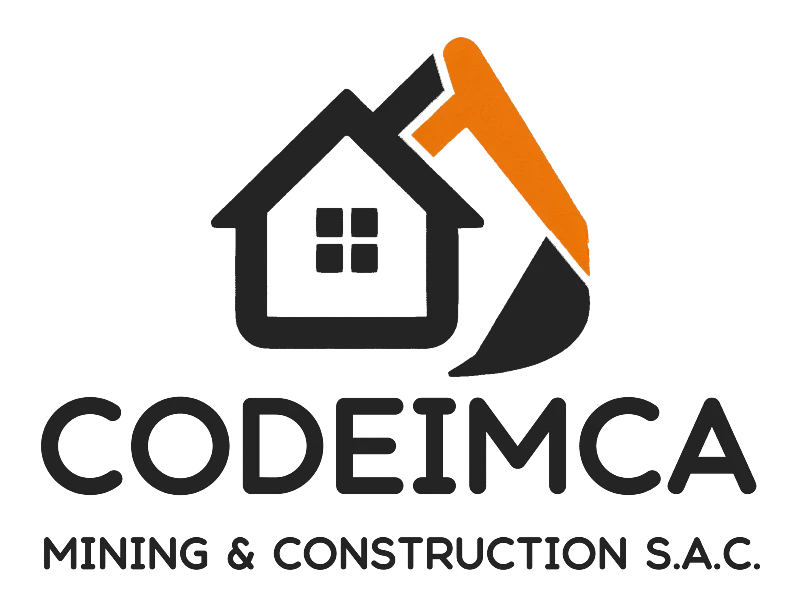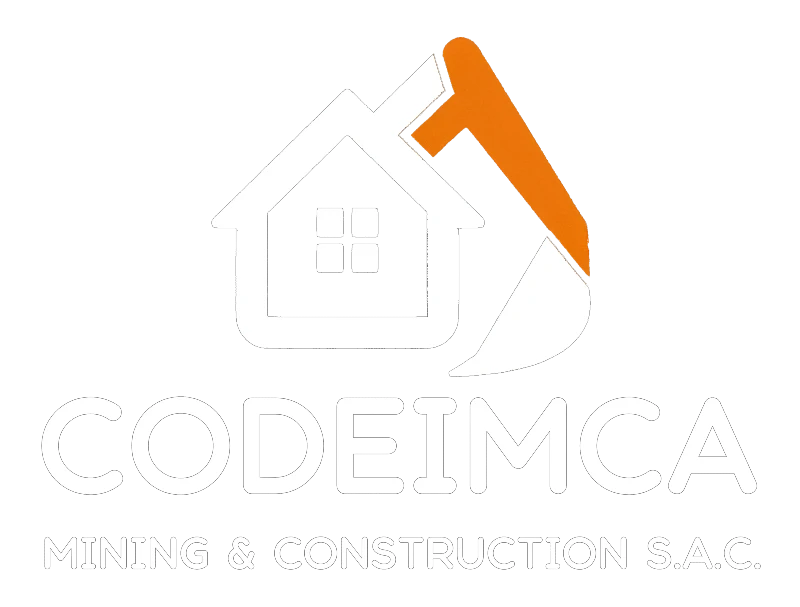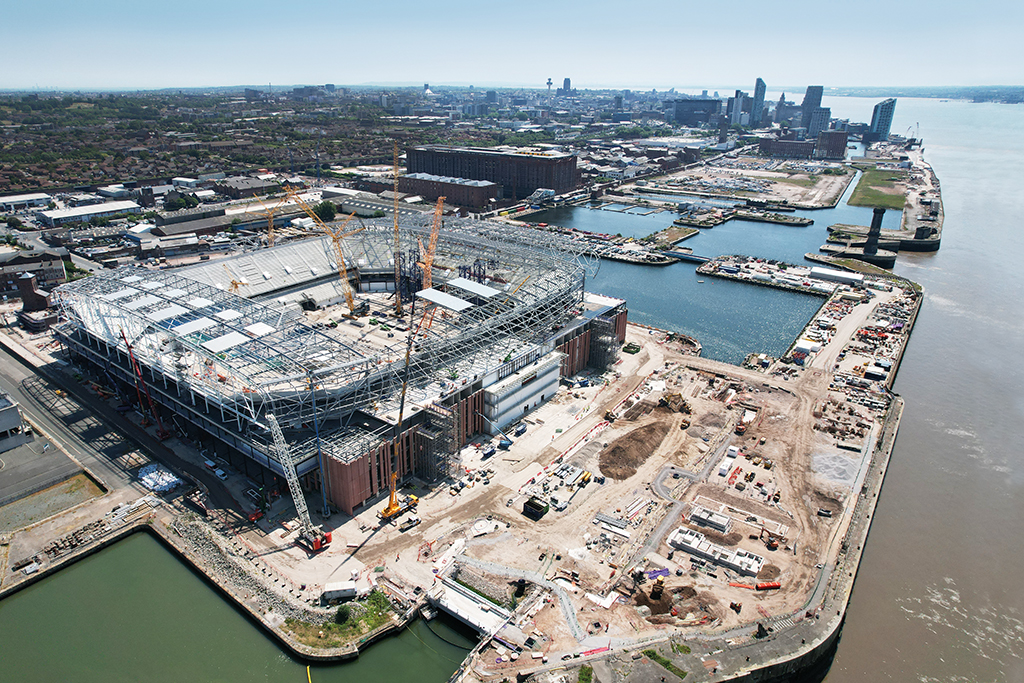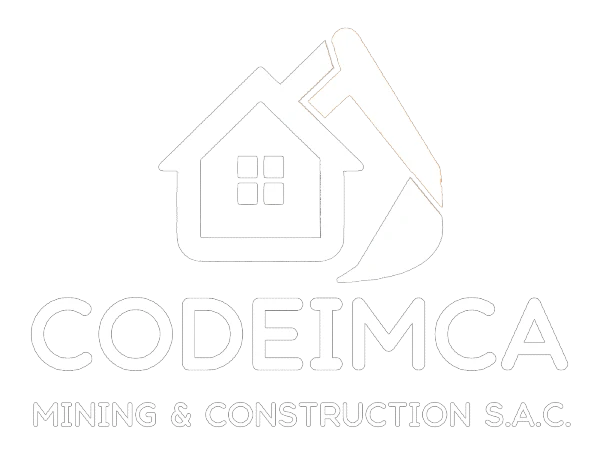BIM in the Construction Phase: Beyond “Hollywood BIM”
Despite the undisputed dominance of the BIM methodology in the initial phases of a project, its adoption in the construction phase continues to face significant barriers.
The industry, with a certain resistance to change, remains cautious about adopting a methodology that demands a complete review of its workflows, a significant investment in training, and the overcoming of technical challenges such as interoperability between different platforms.
Differences between 3D and BIM 4D
The main confusion in the industry is to equate the potential of BIM with a simple 3D visualization. While the three-dimensional representation of a project is a valuable tool for communication and spatial conflict detection, it is nothing more than a “photograph” of the final result. But as we have discussed previously in the example of the Canary Wharf bridge, the true power of the methodology is revealed with the incorporation of the fourth dimension: time.
BIM 4D is not limited to showing a building; it simulates the construction process, allowing project teams to visualize the sequence of activities, material logistics, labor management, and equipment utilization over time. This dynamic capability turns the BIM model into a proactive planning tool, capable of anticipating bottlenecks and optimizing the sequence of tasks to improve efficiency and reduce delivery times. An example of its usefulness is the simulation of the arrival of large prefabricated elements at the site, allowing for the planning of storage space and the use of cranes at times of maximum activity.
This deep integration of temporal information is what differentiates BIM 4D from simple 3D animations, which often lack the data necessary for true decision-making.
When aesthetics overshadows functionality
The term “Hollywood BIM” has emerged to describe a trend: the use of technology to create spectacular and polished visual representations that prioritize aesthetics over functionality. These visualizations with effects like lighting and dramatic animations are ideal for captivating the attention of clients and the public, but they can be misleading if they are not supported by the information necessary for efficient construction management.
A “Hollywood BIM” model can have an impressive level of visual detail and its simulation can show a prefabricated element “appearing” in its place without detailing the complex process of transport, crane maneuvers, or the labor required for its installation. This reduces a powerful tool to a mere marketing accessory, squandering its potential for planning, coordination, and risk reduction in the workplace.
The comprehensive approach to construction
For BIM to reach its full potential in the construction phase, it is essential that the model be much more than a geometric representation. It must become a centralized database containing detailed and accurate information. This information is not limited to general project data (location, deadlines, and budget), but also includes site data, details of construction methods, material specifications, sustainability information, and, most importantly, a complete construction management plan.
The integration of information from subcontractors, suppliers, and manufacturers into the BIM model is a critical step. By connecting supply chain data, it is possible to automate order management, track the progress of material delivery, and ensure that components are in the right place at the right time. BIM 5D, for example, integrates cost information into the model, allowing project teams to generate accurate budgets, control expenses in real-time, and analyze the financial impact of any design change.
Beyond the model, successful BIM implementation in construction requires fluid collaboration and a culture of transparency. Workflows must be redesigned so that information flows seamlessly from the design phase to the worksite.
After all BIM is not just software, it is a methodology that redefines how project teams communicate and collaborate.
Efficiency, safety, and sustainability
The full adoption of BIM in the construction phase has the potential to radically transform the industry. The benefits are tangible: better coordination that reduces errors on site, optimized planning that shortens delivery times, and greater efficiency in the use of resources. Additionally, the ability to simulate construction allows for the identification of safety risks before they occur, reducing accidents on site.
In a world increasingly focused on sustainability, by integrating environmental data into the model, such as the carbon footprint of materials or the energy consumption of machinery, teams can make informed decisions to minimize the environmental impact of the project.
In conclusion, the BIM methodology is a tool of immense potential for the construction phase, but its success depends on a clear understanding of its capabilities. It is a management and planning tool, not just for visualization. By moving beyond the superficial aesthetics of “Hollywood BIM” and adopting a comprehensive data-driven approach, the construction industry can maximize the benefits of this technology, improving the efficiency, safety, and sustainability of projects from start to finish.
Fuente: Blog de BIM



